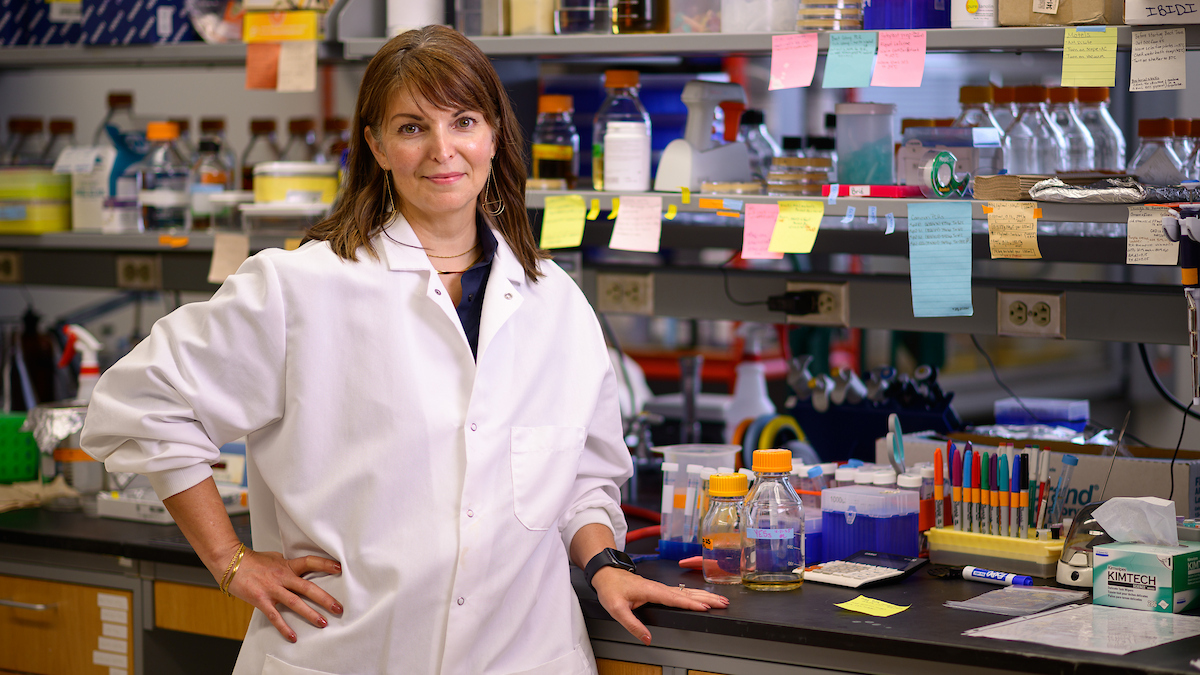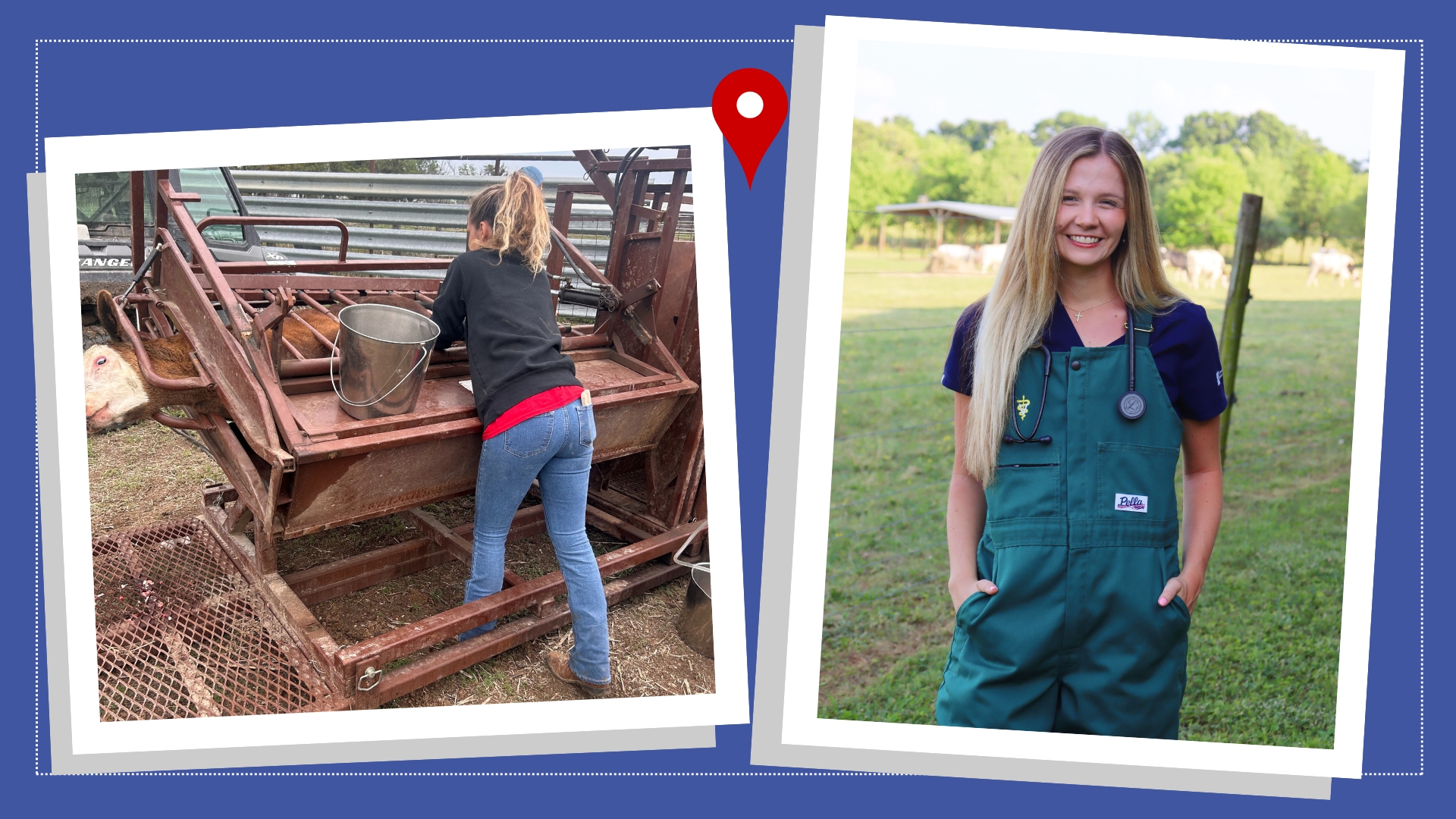Cyrano the Cat Receives Total Knee Replacement at NC State University
Dr. Denis Marcellin-Little, professor of orthopedics at the North Carolina State University College of Veterinary Medicine, is leading a surgical team in a five to six hour operation today to provide Cyrano, a 10-year-old cat, with a custom-made, osseointegrated total knee replacement.
Today’s procedure culminates some eight months of high tech design, unique component engineering, and manufacturing involving veterinarians and engineers from around the U.S. and abroad. As in human knee replacements, Cyrano’s state-of-the-art knee will provide a full range of natural motion previously unavailable in feline knee replacement surgeries.
Dr. Ola Harrysson, associate professor in the NC State College of Engineering and an industrial and systems engineer, led the engineering effort. NC State University, with a college of engineering and a college of veterinary medicine, can design, manufacture, and surgically implant custom prosthetics for veterinary patients.
The following article on the accomplishment by Bruce Siceloff appears in today’s News and Observer.
RALEIGH — A 20-pound cat named Cyrano has been cancer-free since his owner spent thousands of dollars on surgery and radiation in Colorado two years ago, but his left hind leg is still weak and painful.
So the fat orange tabby has come from his northern Virginia farm to Raleigh, where a 10-member surgical team will spend about five hours today giving Cyrano a custom-made artificial knee.
An ad hoc group of experts spread from Raleigh to New Jersey and Germany worked together over the last seven months to design the implant and fabricate it with dense plastic and cobalt chromium alloy.
Veterinarians and engineers at N.C. State University have collaborated on innovative medical procedures since 2005, when Dr. Denis Marcellin-Little performed the world’s first surgery to give a cat artificial leg implants that fused together with living bone tissue.
But Cyrano presented the most complicated challenge ever faced by the team at NCSU’s College of Veterinary Medicine. The cat’s bone cancer and radiation treatment had caused the knee to collapse and parts of his leg to deteriorate.
“It’s very painful to him,” Marcellin-Little, an orthopedic surgeon, told reporters Wednesday as the 10-year-old cat sprawled before him on a meeting room table. “He’s using his leg a little bit, but not very much.”
Cyrano’s owner is Sandy Lerner, who helped found Cisco Systems in 1984 and was forced out of the company in 1990. Now she raises legacy breeds of poultry and hogs on her Ayrshire Farm near Washington, D.C.
Lerner took Cyrano to doctors at Colorado State University in 2010 because she was determined to save his leg from bone cancer rather than let it be amputated.
Many pets can get along pretty well after losing a leg to illness or injury, Marcellin-Little said.
“I think patients walk better on four legs than three legs,” he said. “Most dogs and cats, if they lose a back leg, they can still outrun their owners. But life is more difficult for them.”
Lerner was not available for comment.
“She’s just excited and hoping it will be successful for him,” said Crystal D. Ritenour, Lerner’s assistant, “so he can be a normal cat again and run around and mouse, and do the things that he used to like to do.”
NCSU officials had said Cyrano would be the first cat anywhere to receive total knee replacement surgery. But Marcellin-Little acknowledged that this honor belongs instead to Missy, a feline who suffered a crushed leg in 2009 when she was run over by a car in West Sussex, England.
Dr. Noel Fitzpatrick, known to BBC TV viewers as Britain’s “Bionic Vet,” gave Missy her artificial knee and has performed the surgery on a few other cats since then. Marcellin-Little said the UK surgeries used machine-made stainless-steel joints implanted with bone cement, with techniques that would not be used on human patients.
‘This is very novel’
Cyrano’s knee, by contrast, was fabricated in a laser process that starts with metal powder. It is partly solid and partly porous, exactly replicating the cat’s bones. The device will replace the joint and about two inches of bone above and below the knee, attached to the cat’s leg bones with very small screws.
Marcellin-Little has practiced today’s operation four times on plastic models.
“So I know how each bolt should be drilled and each cut should be made,” he said. “This is very novel. This is the most complex implant that N.C. State has made and, in all honesty, that anyone has built for any (animal) situation that I know of.”
Marcellin-Little and engineering professor Ola Harrysson said they could not calculate the total cost of the work that has led up to today’s surgery, but said Lerner’s bill of around $20,000 will cover only part of it.
The expense of doing it successfully the first time is not important, Marcellin-Little said, because the experience will help doctors learn better ways to help ailing animals.
“Of course I would like to see the price go down,” he said. “I would like things to be cheaper and safer and more durable.”
As Cyrano limped across the carpet, keeping weight off the bum leg, Marcellin-Little said the cat should be walking on all fours within a week.
“He will feel pretty good fairly soon,” Marcellin-Little said. “But he won’t be ready to jump and run around for about three months.”


